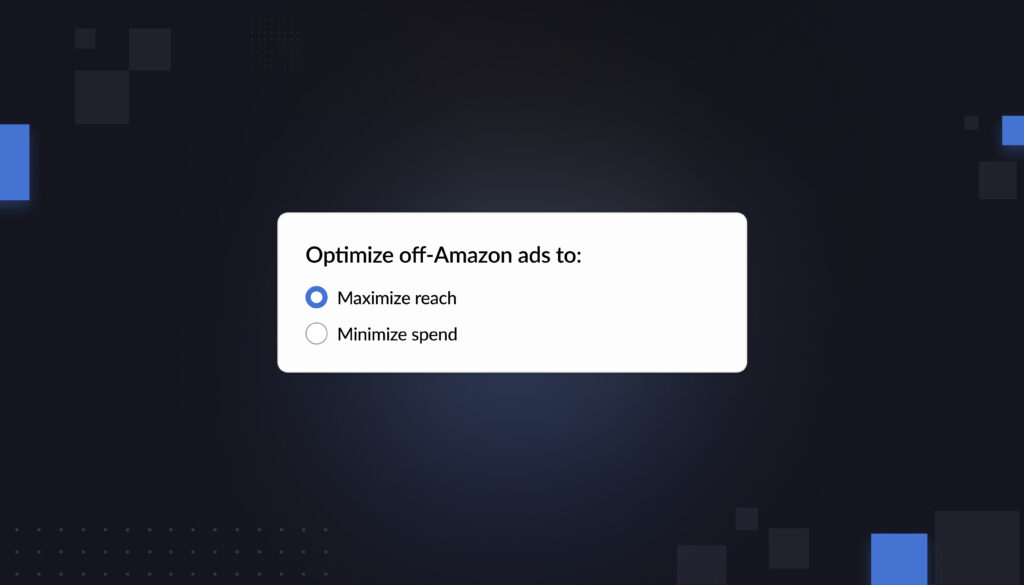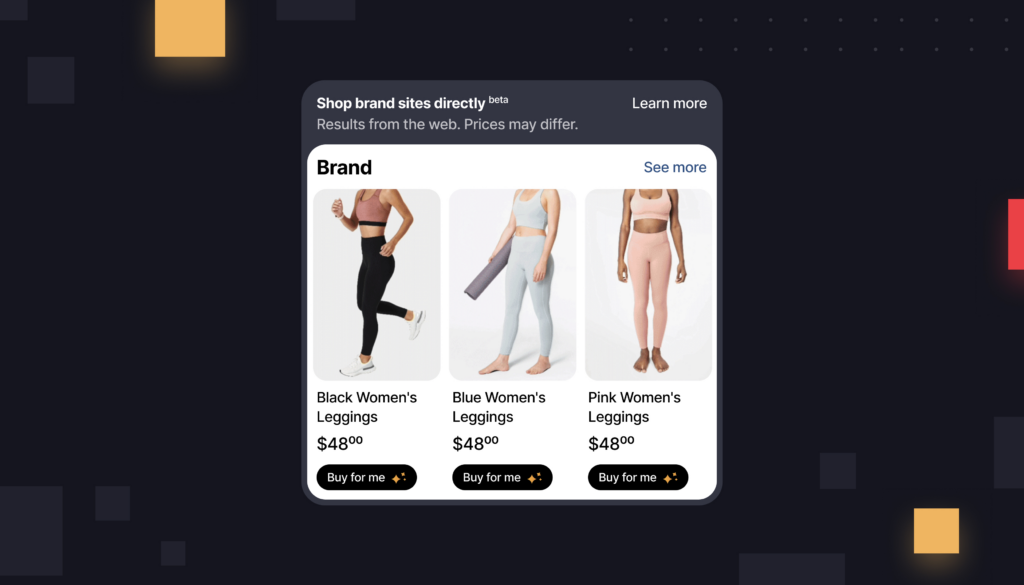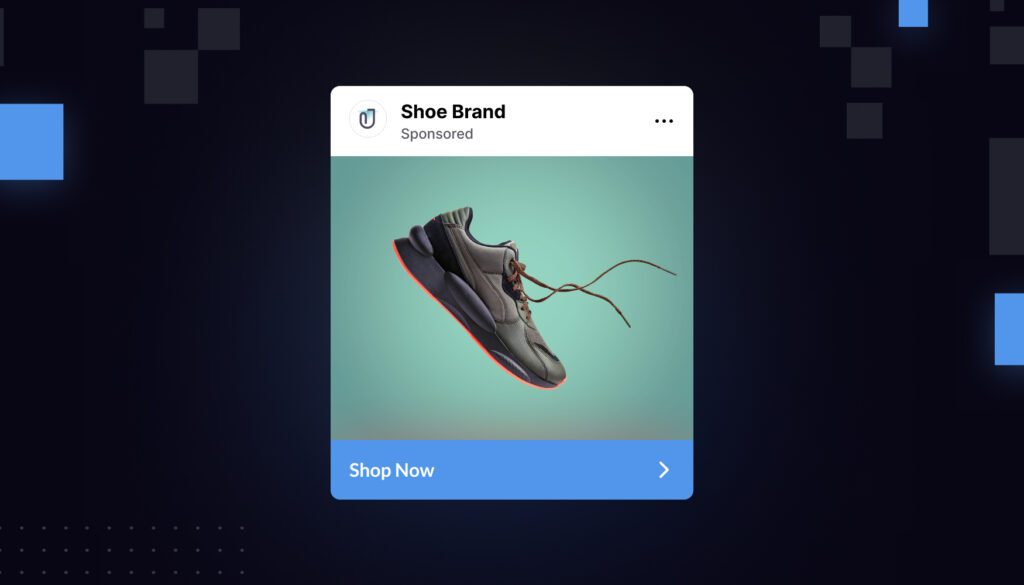This month, Amazon rolled out a small but exciting new feature—a way to ensure your shoppers don’t double up on discounts. When you create a new coupon on Amazon, you now have the option to turn off coupon stacking.
What does that mean? Coupon stacking essentially allows shoppers to double dip on discounts. If you’re running a Percentage Off campaign, for instance, you might not want a shopper to buy at your discount and then add a coupon on top of it.
Double coupons have been an annoyance forever, and they can significantly hurt your profit margins.
Now, brands on Amazon have more ability to ensure that doesn’t happen.
So are stacked coupons gone for good?
First thing to clear up: From what we can glean so far, it doesn’t seem like this new feature stops coupon stacking across the board.
Right now, Amazon only lets you turn off coupons that get stacked onto two types of promotions:
- Percentage Off: Percentage Off promotions are blanket percentage discounts, which you can offer either to any shopper or to people who fit into specific categories (e.g. previous purchasers)
- Buy One Get One: If a shopper buys your product, they can get a second one at no cost
But these promotions are only one piece of the overall picture. Amazon sellers regularly run other kinds of deals—like Prime Exclusive Deals, Best Deals, and Lightning Deals.
For now, sellers don’t have the option of turning off stacking for those deals. So if a customer gets a coupon for your product, they can still add that coupon to, for instance, a Lightning Deal.
That means you do need to stay vigilant about your coupon strategy when you run that Lightning Deal.
How much is coupon stacking hurting me?
You can only figure out how much of a discount you can tolerate if you have a good grip on your profit margins.
The truth is, though, that most people don’t know much about their profitability on the ASIN level. This is a problem, because the scale of discounting you can afford depends a lot on your profit margin.
For a product with a high profit margin, maybe you don’t need to worry about coupon stacking so much. Sure, you can turn off coupon stacking if you want, but it’s probably not the end of the world if someone doubles up on discounts.
By contrast, if you have a product with a tight profit margin, you want to be really cautious about the discounts you dole out.
Turn off stacking whenever you can. And if you’re running a deal where turning off stacking is not an option, maybe pause your coupons, so you ensure your customers don’t pool together discounts.
(If you want a real-time ASIN-level profitability view, for the record, Intentwise can build it for you.)
Is it always a good idea to turn off stacked promotions?
You can layer on this analysis by calculating Customer Life-Time Value. Let’s say the product is low margin but it has a very high CLTV. That’s often the case for a highly repeatable purchase, like a supplement.
In that case, maybe you actually do want to let your coupons stack. Your goal in this case is probably to just get shoppers in the door.
When you crunch the numbers, you might find that you can actually afford some light losses upfront, because you know the typical customer will purchase from you several more times.
Yes, most of the time, stacked promotions are probably hurting you. Most people who were willing to convert with combined promotions are probably also willing to convert with just one promotion.
But if your CLTV is very high, you might have a reason to look the other way on coupon stacking.
What if I want to understand couponing behavior more deeply?
If you want to understand how coupons are impacting your business, you can always turn to Amazon Marketing Cloud.
Amazon Marketing Cloud has a table for product purchase price. Based on that data, you can calculate the discount that different groups of shoppers bought at, and then segment and analyze those shoppers accordingly.
See how many people are stacking coupons. In AMC, you can quickly tabulate how many shoppers are stacking promotions. Is this a worrying percentage of your shoppers? Or not much of a concern for your brand?
Track the behavior of discount shoppers. Maybe you want to understand what your discount shoppers are doing post-purchase. If your profit margins are tight, how do you ensure that people who are buying with a coupon are later re-purchasing at full price?
Amazon Marketing Cloud makes it easy to segment out those discount shoppers and those regular-price shoppers. Are discount shoppers as likely to repurchase as regular-price shoppers? Or are they much more likely to use the one-time coupon, and then stop?
Now, you can see how much your couponing strategy is working in the long run.

![[Amazon Seller] Blog Post [Amazon Seller] Blog Post](https://www.intentwise.com/blog/wp-content/uploads/elementor/thumbs/Amazon-Seller-Blog-Post-qt6lktdgrep13vn2g5ibvs3284vw1fhhulb72pzg3k.jpg)






